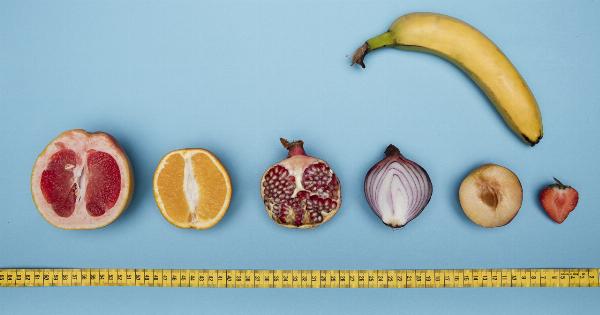Sexual pleasure is a complex and multifaceted experience that can vary widely from person to person.
While many factors contribute to sexual pleasure, including emotional intimacy and physical attraction, there is no denying the role that science plays in understanding and optimizing this aspect of our lives. In this article, we will explore some of the scientific insights into sexual pleasure, including the anatomy and physiology of orgasm, the role of hormones and neurotransmitters, and the impact of various sexual practices and techniques.
Anatomy and Physiology of Orgasm
Orgasm is the peak of sexual pleasure, the intense release of tension and arousal that is a shared experience for people of all genders. Despite its ubiquity, the exact mechanisms of orgasm are still not fully understood.
However, we do know that orgasm involves a complex interplay of physical and mental processes, including the release of hormones and the activation of various regions of the brain.
For people with a penis, orgasm is typically accompanied by an ejaculation of semen, while for people with a vulva, orgasm is marked by rhythmic contractions of the pelvic muscles and a release of tension throughout the body.
The physiology of orgasm is intricately tied to the anatomy of the genitalia, including the clitoris, penis, and prostate gland. Stimulation of these areas can lead to the build-up of sexual tension that ultimately culminates in orgasm.
The Role of Hormones and Neurotransmitters
Sexual desire and pleasure are heavily influenced by hormones and neurotransmitters, which are chemicals that transmit signals within the nervous system.
One key hormone involved in sexual pleasure is testosterone, which is present in both people with a penis and people with a vulva. Testosterone is primarily associated with sexual desire, though it can also play a role in orgasmic function.
Other hormones and neurotransmitters that are known to play a role in sexual pleasure include dopamine, which is associated with pleasure and reward, and oxytocin, which is often called the “love hormone” due to its role in promoting emotional intimacy and bonding. However, it is important to note that the exact function of these chemicals can vary widely between individuals and can be influenced by a range of factors, including stress, medication use, and chronic health conditions.
Impact of Sexual Practices and Techniques
Sexual pleasure is also greatly influenced by the practices and techniques used during sexual activity.
For example, research has shown that a wide range of sexual behaviors and practices can enhance sexual pleasure, including kissing, massage, and the use of sex toys. Additionally, sexual communication and consent are crucial for creating a safe and pleasurable environment for all parties involved.
Furthermore, it is important to note that sexual pleasure can also be impacted by various health conditions and lifestyle factors. For example, chronic pain conditions, medication use, and hormonal imbalances can all impact sexual pleasure and function.
Similarly, stress, lack of sleep, and poor diet can all contribute to a decreased sense of sexual desire and pleasure.
Conclusion: Insights from Science
While sexual pleasure is undoubtedly a complex and multifaceted experience, science has provided valuable insights into its mechanisms and potential for enhancement.
By understanding the various physical, hormonal, and environmental factors that influence sexual pleasure, individuals and couples can take steps to optimize their sexual experience and promote greater intimacy, connection, and satisfaction.





























